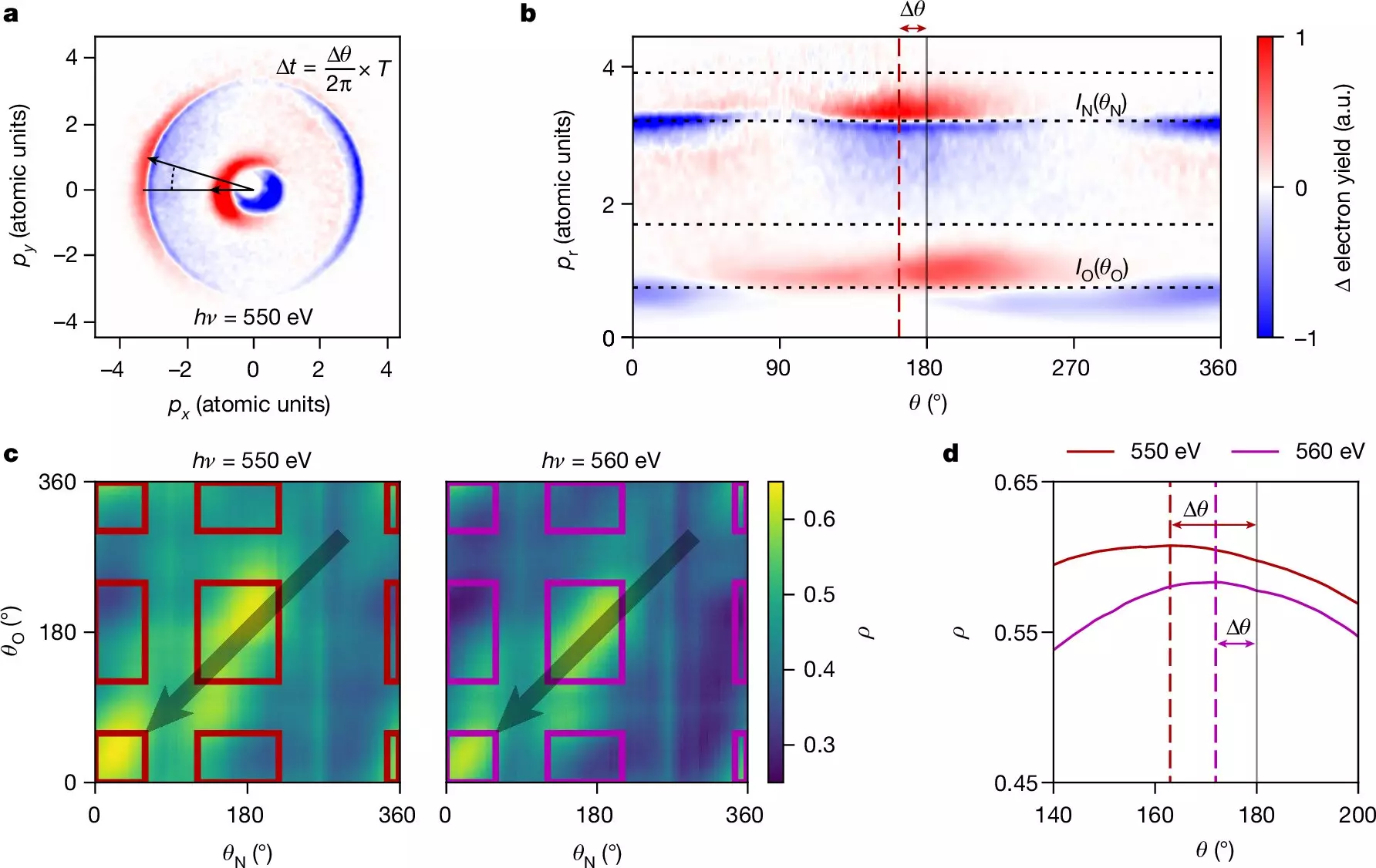A recent study conducted by a team of scientists from the Department of Energy’s SLAC National Accelerator Laboratory has shed light on the photoelectric effect, a phenomenon first theorized by Einstein over a century ago. This new research provides valuable insights into electron-electron interactions, which are crucial for various technologies such as semiconductors and solar cells. The findings, published in Nature on August 21, mark a significant milestone in the field of quantum mechanics.
Lead author and SLAC scientist Taran Driver emphasized the significance of this study, stating, “Einstein won the Nobel Prize for describing the photoelectric effect, but a hundred years later, we’ve only just begun to truly understand the underlying dynamics.” The team’s innovative method involved utilizing an attosecond X-ray pulse generated by SLAC’s Linac Coherent Light Source (LCLS) to ionize core-level electrons in molecules, providing a unique perspective on electron behavior.
Uncovering Ultrafast Time Delays in Photoionization
By ejecting electrons from the molecules under study and measuring the “photoemission delay” using a separate laser pulse, the researchers were able to pinpoint the time lapse between photon absorption and electron emission. Surprisingly, the delays observed, which reached up to 700 attoseconds, were significantly longer than previously anticipated. This discrepancy challenged existing theoretical models and highlighted the complex interplay of electron interactions in this process.
Co-author and SLAC scientist James Cryan explained, “By measuring the angular difference in the direction of the ejected electrons, we could determine the time delay with high precision.” This capability not only facilitates a deeper understanding of electron dynamics but also has practical applications in fields such as protein crystallography and medical imaging, where X-ray interactions with matter are critical for analysis.
Pioneering New Frontiers in Electron Dynamics Research
The study represents the first in a series of planned experiments aimed at delving into the intricacies of electron behavior in various molecular systems. Other research groups have already embraced this groundbreaking technique to investigate larger and more complex molecules, unveiling novel insights into electron behavior and molecular structure. Co-author Agostino Marinelli emphasized, “The flexibility of LCLS allows us to probe a wide range of energies and molecular systems, making it a powerful tool for making these types of measurements.”
The team’s research on the photoelectric effect has not only advanced our understanding of electron-electron interactions but has also paved the way for future discoveries in the field of quantum mechanics. By unraveling the mysteries of ultrafast time delays in photoionization and exploring the depths of electron dynamics, scientists are poised to make significant strides in unlocking the full potential of electron behavior in various molecular systems.

